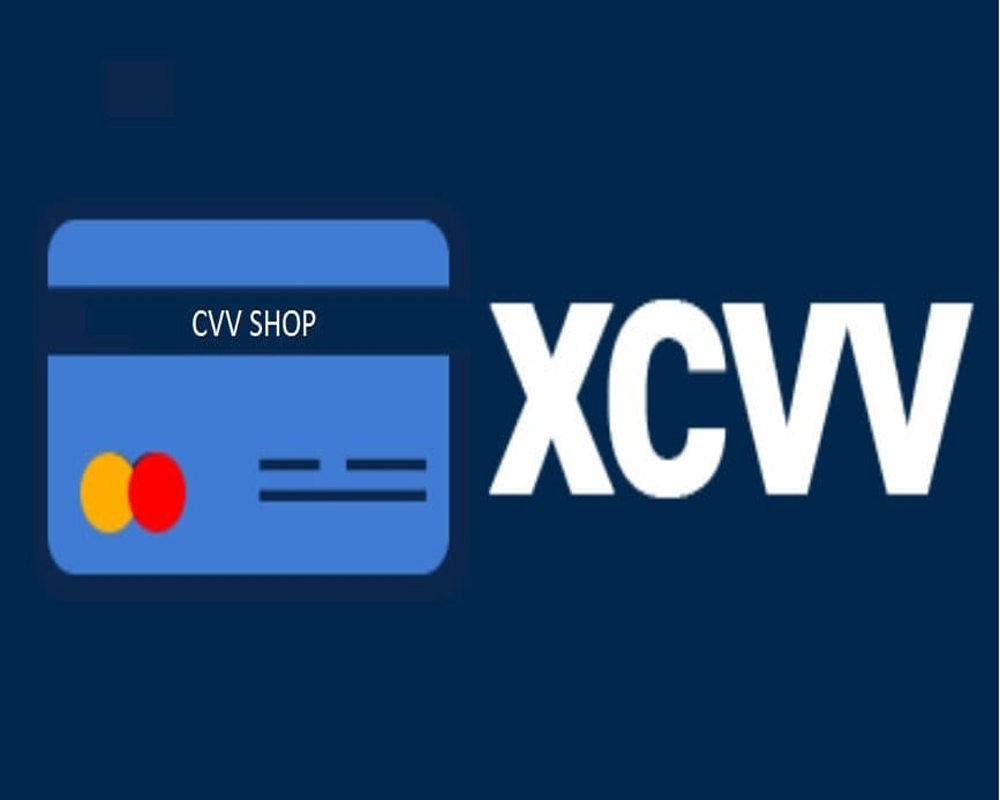CVV2, CVC2, CVN2, and CSC2 are verification codes, which are used by bank cards for indirect consumption situations such as online payments. CVV2, CVC2, CVN2, and CSC2 can identify the presence of bank card transactions. Generally, it can be seen in the last three digits of a series of signature strips on the back of a bank card.
How do online scammers get the three-digit verification code (CVV, CVV2) behind the credit card, if the card provider prohibits the storage of this information? The short answer is: If you don’t go through phishing, then the hacker may install a web-based key logger program at the online merchant, so that all the data submitted by the customer to the website will be copied and sent to the hacker on the server.
As there are multiple names due to different translations or personal opinions, such as dump literal translation, which literally means to record one thing and transfer it to another place. Some people call him copy, some call him track, and some people classify the fake card as Dump. Same transcript is used from CVV SITES holders for credit cards.
According to the Sydney Morning Herald, one type of cybercrime is: "dumping"-or the accounts of credit and debit cards are stolen by malware or card theft systems at the point of sale, and then these data are sold at 20 per pack. The average price of US dollars (A$25.80) is sold by underground cybercriminals. After obtaining these data, the scammer can create a physical clone card of the original card. Thieves usually use these fake cards to buy goods from large retailers, and then easily resell these goods, or use fake cards to withdraw cash at ATMs.
However, when cyber scammers want to cheat in online stores, they don't need the stolen data mentioned above. This is mainly because online businesses generally require a security code (CVV). So these cyber crooks turned to "CVV shops", cyber-crime shops that sell cardholder data, including customer name, card number, expiration date, CVV2, and postal code. The price of these CVV data packages is much lower than the account data of stolen credit cards, usually 2 to 5 dollars per package. The reason for the low price of such stolen data is partly because they are mainly useful for online transactions, but may also be used these data "cash out" or make money is more complicated.
Most of the time, CVV data is stolen by network keyloggers. This is a relatively simple program. It is like a banking Trojan virus running on an infected computer, except that the purpose of this network server application is In order to steal data.
Web-based keyloggers can steal form data submitted by visitors during online checkout, including names, addresses, phone numbers, credit card numbers, and credit card verification codes.
3d verification
3D-free-Let's talk about the 3D-free. We often say that there are two kinds of 3D-free. One is to deceive the payment platform through the cooperation of the channel and the environment to make you mistakenly believe that you are the card owner. The second is that the card is not registered in 3dsecure. It can be seen that the payment process of most payment platforms is as follows:
1. The card owner enters the card information (card number, expiration date, cvv2, etc.) on the website
2. The website judges whether the card needs 3D verification based on big data analysis
3. The website contacts the card issuing bank server to check whether the card has been registered in 3dsecure.
4. The server of the card issuing bank responds with a message indicating that the card is registered.
5. The website redirects the card owner to the "3D Security" page provided by the card issuing bank.
6. The card owner will verify the identity of the card issuing bank on the 3D security page by entering the text message or email verification code.
7. Return the result of 3D verification to the website
8. Authorized transaction
We can easily find the "vulnerabilities", 2 and 3.
Here we can see a very interesting phenomenon. For banks that issue cards in multiple geographic locations, banks and merchants may use 3D security systems unevenly, resulting in differences between cards issued in the United States and non-US cards, for example. . In other words, merchants or banks may relax risk review in order to promote consumption.
























